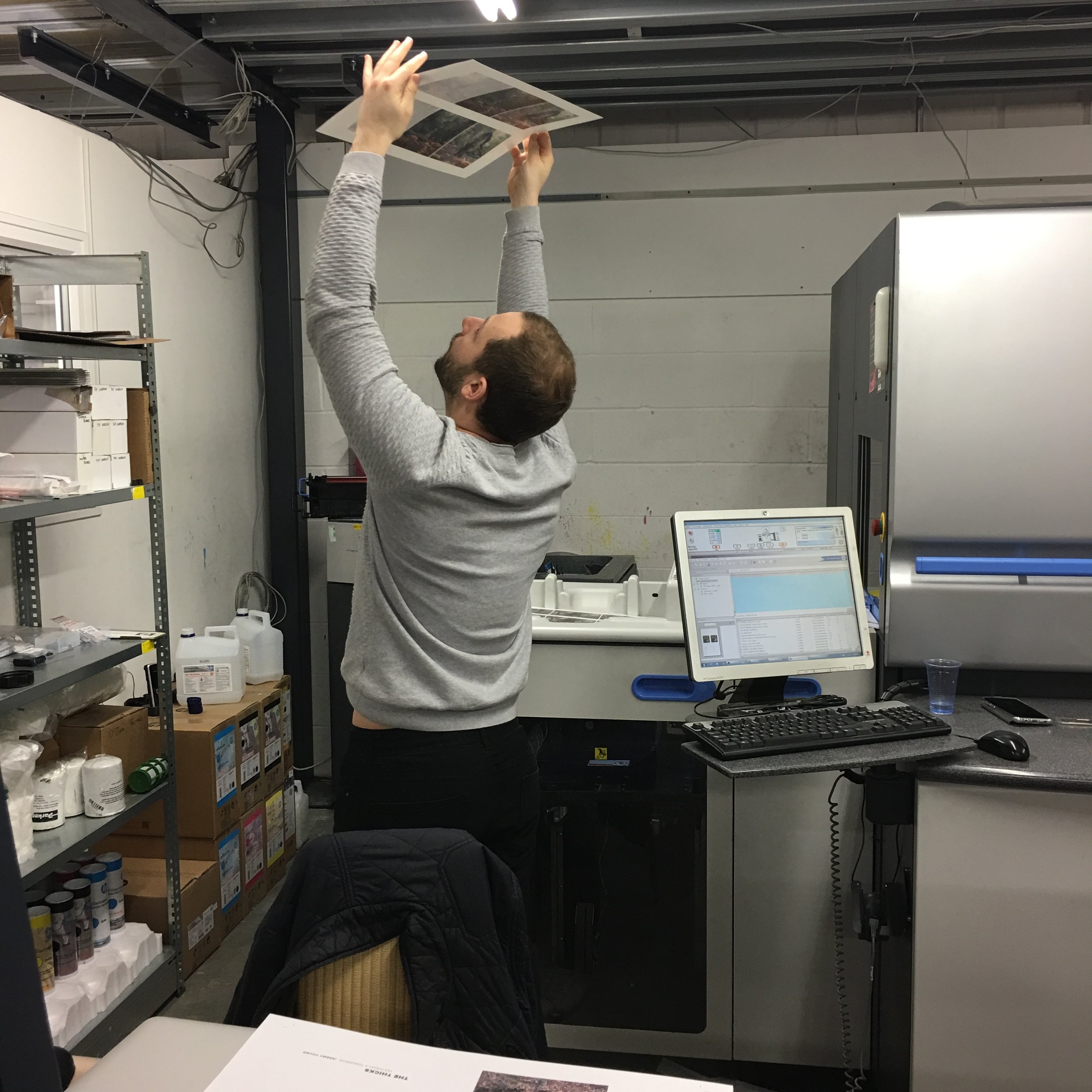As a lover of veteran trees, including the magnificent oaks and hollies at Staverton Thicks in east Suffolk, I have long pondered why these organisms move us so much? What is it about them that we find so captivating? I know I feel it, but every year at the Major Oak at Sherwood Forest in Nottinghamshire about 500,000 people make a pilgrimage down through the woodland paths to stand at the protective cordon of railings and gaze upon this famous 1,000-year-old giant. What are they hoping to find?
It could be their aesthetic appeal, but many of these old monsters can hardly be said to be very attractive. There are trees at Staverton that are at least four centuries old, and while their midriffs bulge fulsomely with the years, the top crowns of foliage are ridiculously small. A good number of the most affecting trees are barely even alive. Some are nothing more than hollowed out stumps devoid even of bark. If the relic bits of lignin are still as hard and smooth as elephant ivory, they are nonetheless riddled with beetle and indubitably dead. Let’s be clear, many of the trees at Staverton look inelegant, disproportionate and misshapen. If they are beautiful, then they are beautiful only in the way that the leg of a brontosaurus was beautiful.
Is it perhaps more the fact that such medieval trees are so much older than ourselves and are thus loaded with time and memories that no individual human life could ever encompass? The great landscape historian Oliver Rackham tells us in his book Ancient Woodland (2003) that some of the oaks at Staverton may well have been saplings when the owners of the park, the monks at Butley Priory, entertained the Queen of France in 1528 with – and I use his suggestive phrase - ‘fun and games’.
The park itself dates back further than this, at least to the late thirteenth century. We can infer that over the whole period of the oaks’ existence, whatever human background circumstances might have prevailed – the Reformation, the Armada, the English Civil War; the threat of Napoleon’s invasion (which hastened the construction all those Martello Towers on the coast just down the road from Staverton), the advent of steam and steel, the German bombers droning overheard in 1941; even just the referendum that gave us Brexit – this family of about 4,000 great trees was here through it all.
Another scenario that moves me personally is to try to imagine a kind of speeded-up cinematic portrait of all the billions of individual organisms, from the dogsick slime moulds to the singing male nightingales, that have lived and flourished and then passed among these trees. Think of all that volatile life, here, both then, and now, growing, singing, moving and full of colour and passion. Such a meditation makes you realise that Staverton is a kind of Garden of Eden. It is the entire English landscape summarised in 200 acres.
Yet there is still more at Staverton and Jeremy Young’s book of photographs helps us to see it more clearly. For while the oaks are laden with a sense of time past and with thoughts of mortality, the hollies are the real creators of that light-loving, chlorophyll-filled atmosphere in the Thicks. They are dense not only in terms of their emerald condition. They are thick with a sense of life’s continuities. It is not by accident that every year, in the deadest season, we Europeans take in the holly and the ivy and deck our halls with these evergreen symbols of nature’s imperishable force. The hollies at Staverton, like the oaks, are beautiful and moving and provocative because they say so much about all of life and about our lives.
It is this compelling interplay of the two tree species and all that they mean and convey to us which Jeremy has captured, time after time, in his images of The Thicks. We should give thanks for his persistence and sensitivity. Above all, we should give thanks for the trees’ own brand of sensitivity and for their greater persistence.





